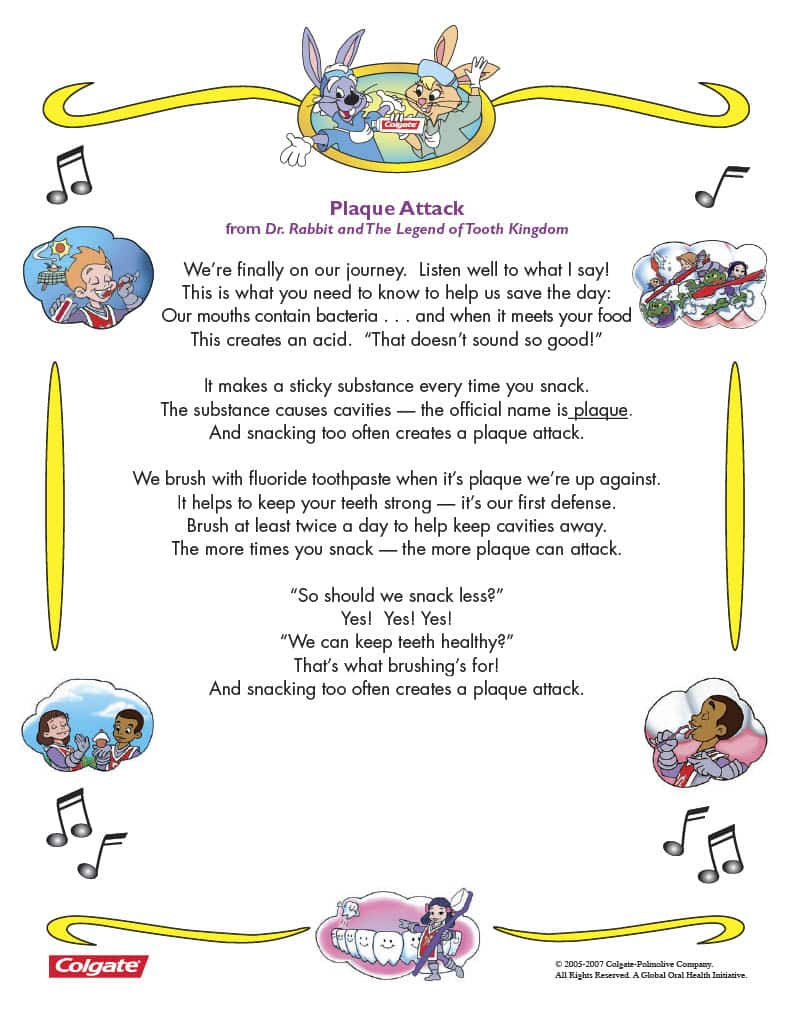-
-

ADULT ORTHODONTICS
Should You Use Mouthwash Before or After Brushing?Brushing and flossing are the foundation of a good oral hygiene routine, but mouthwash can also be a useful addition...

SELECTING DENTAL PRODUCTS
Soft Vs. Hard Toothbrush: Which One Should You Use?The toothbrush has come a long way. As the American Dental Association (ADA) notes...
-
Science & Innovation
- Oral Health and Dental Care | Colgate®
- Mission
- Oral Health Commitment
- BSBF
- Educational Resources
- Oral Health Digest

Oral Health Digest
For children ages 0-2
-
Oral health educational resource.
-
Share and encourage children to learn healthy habits.












